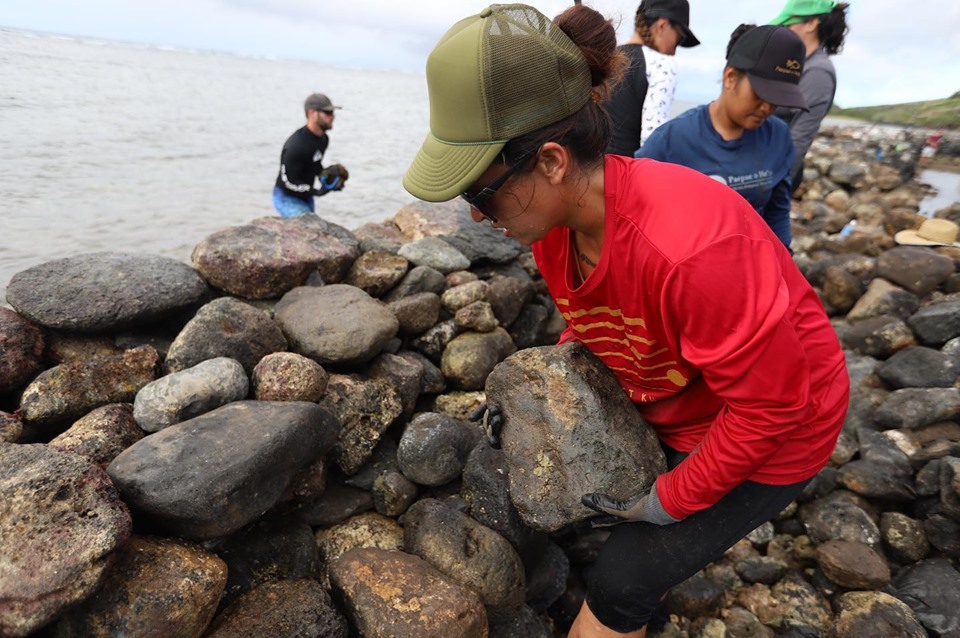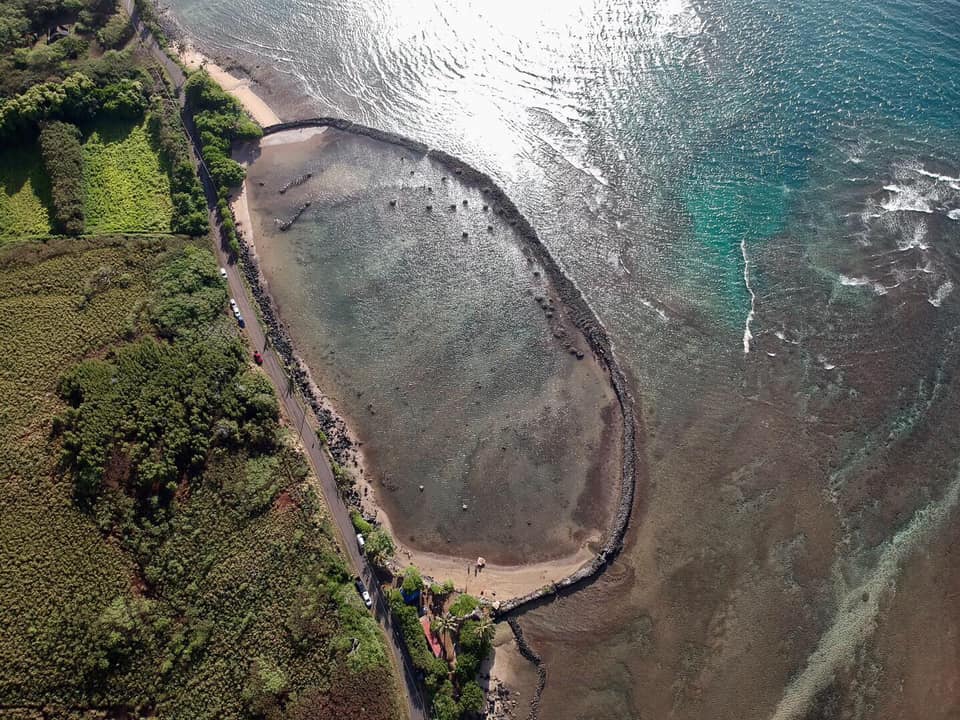For tribal college faculty, summer is a time for research, teaching, and workshops. Also gardening, road trips, and fishing.
By Paul Boyer
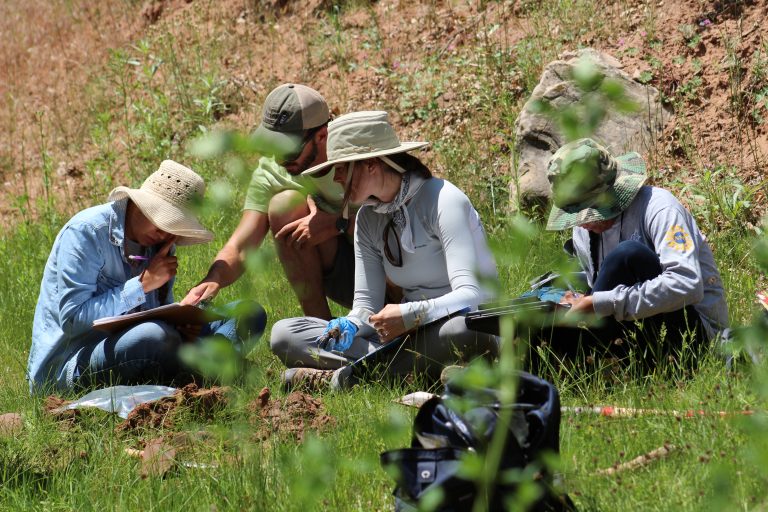
Summer is a welcome break in the academic calendar. But for faculty at tribal and Native-serving colleges, schedules remain full. Indeed, during the all-too-brief months when roads are clear, the weather is warm, and campuses are (relatively) quiet, summer is the one season when overworked instructors can go into the field, connect with colleagues, and plan for the year to come. Before they set up their “out of office” auto replies, we asked a few how they planned to spend the next three months. Here are some of their responses:
For Heidi Ziegenmeyer, “summer will be a very busy time.” A natural resource management instructor who also serves as land grant director at Cankdeska Cikana Community College in Fort Totten, North Dakota, Ziegenmeyer tells us that, in addition to teaching summer classes, she will be overseeing development of a new community garden and children’s garden at the college’s Head Start location, supported by funding from the USDA’s Natural Resources Conservation Service, Scott’s Miracle Gro, and the National Head Start Association.
Ziegenmeyer says the college also just purchased a new pontoon boat for use on Spirit Lake. It’s for classes, not recreation, but who could complain about a summer afternoon on the water?
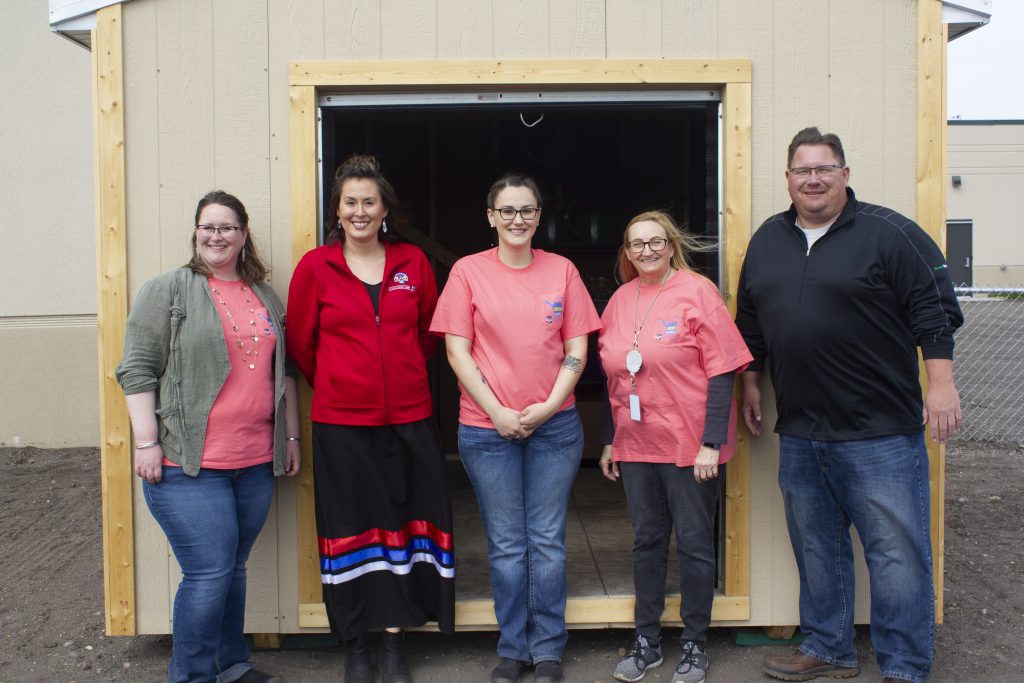
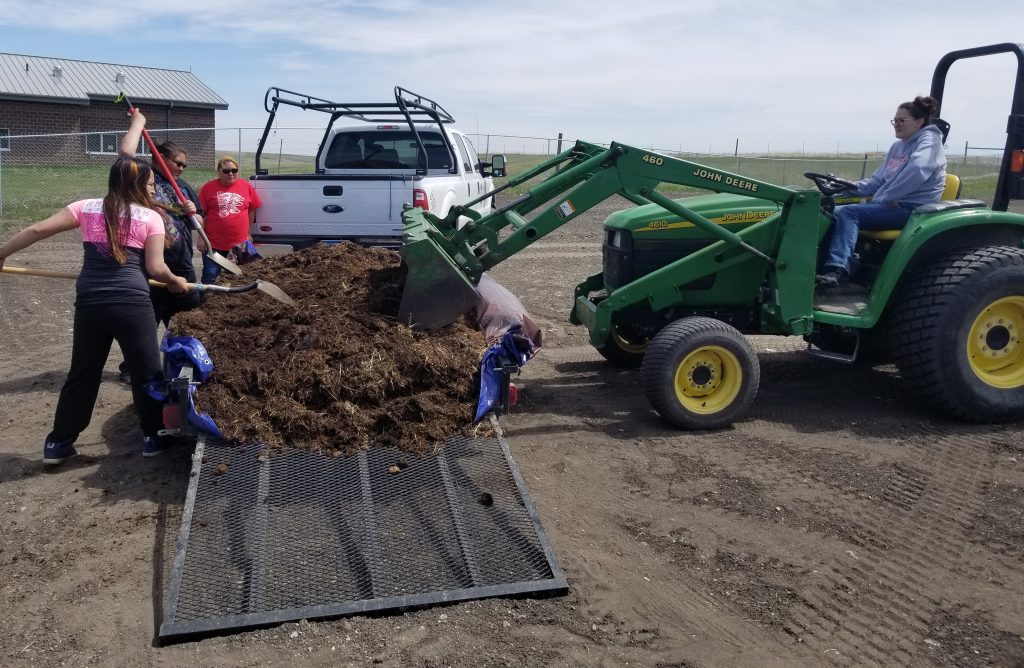
______________
Some students and faculty will be staying in the lab. Brent Voels, a science instructor at Cankdeska Cikana Community College, reports that he will be “teaming up with the bright young minds at CCCC to further investigate the expression of prognostic biomarkers in breast and bladder cancer.” Students in this ongoing project, now in its fifth year, “learn advanced molecular biology techniques, master several laboratory skills, and acquire a deeper understanding of biology in the process,” he explains. “Each student is given a unique aspect of a research project that they take ownership of.”
By the end of the summer, the students will present their findings at the University of North Dakota Medical School’s Summer Research Poster Session.
_______________
Other faculty are heading out of town. For Linda Nicholas-Figueroa, this means traveling from the Arctic Circle to Ann Arbor, Michigan. There she will work with collaborators at the University of Michigan to develop a culturally-grounded chemistry curriculum for Iḷisaġvik College, a Native-controlled college located in Utqiagvik (formally Barrow), Alaska.
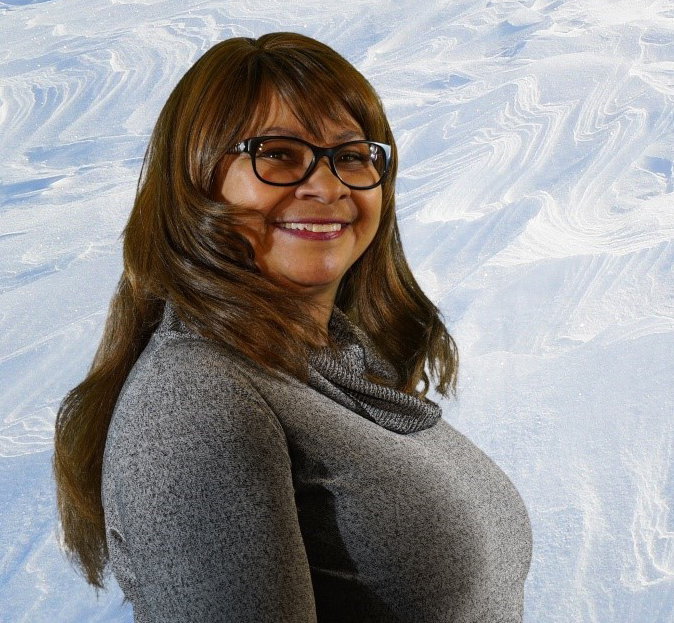
The collaborative workshop will focus on introducing Nicholas-Figueroa, an associate professor of biology and chemistry, to chemical analysis methods used to study snow. In turn, she will share her experience of incorporating traditional knowledge into Iḷisaġvik College’s STEM curriculum.
“This trip is part of an ongoing collaborative grant funded by the National Science Foundation that focuses on using traditional knowledge to guide western science in the classroom,” she tells us. “In particular, the science curriculum will focus on applying Iñupiat and local understanding of ice and snow to inform research projects that focus on the sampling and analysis of snow samples collected by the students.”
________________
Farther south, Donald Robinson, associate professor in the science division at Diné College in Tsaile, Arizona, is helping with the planning and execution of a ten-week summer internship program supported by the National Science Foundation’s Tribal Colleges and Universities Program (TCUP). Students take part in a four-credit field research experience in environmental science, and also earn credit through a six-week mentored research internship. According to the program syllabus, “Students will learn Navajo and Western science methods for the collection and analysis of data” as well as “basic statistical, research, and technical writing and presentation skills.”
Instruction and coordination of the program reflects the work of Perry H. Charley, director and senior scientist of the Diné Environmental Institute; TCUP staff Neilroy Singer and Selina Yazzie; School of STEM Dean James Tutt; Diné College librarian Rhianna Sorrel; and faculty members Avery Denny, Anne Semrau, Mark C. Bauer, Barbara Klein, and Shazia Tabassum.
Additional instructors and presenters are affiliated in tribal agencies, research centers, mainstream universities, and the National Park Service.
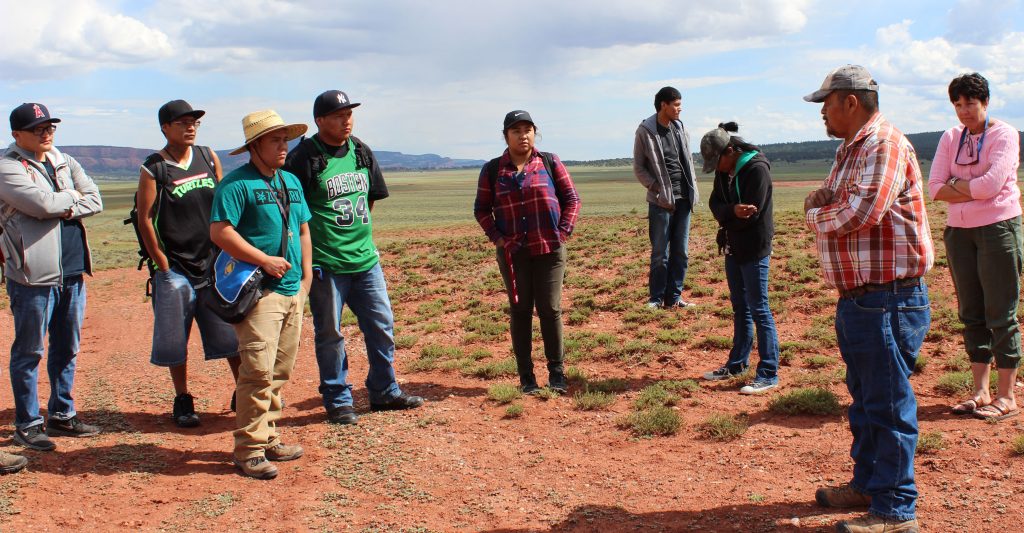
Meanwhile, other Diné College faculty will be offering a variety of classes for students who want to keep up with their coursework. Michael P. Begaye says he will be on campus teaching introduction to algebra for eight weeks, a change of pace from his work last summer at the Army Research Lab in Maryland. “Our research consisted of synthesis, characterization of spherical and rod shaped gold nanoparticle. These particles were used to degrade used medication, which can be utilized in waste-water contamination.”
________________
Along the southern border of Arizona, Tohono O’odham Community College faculty members Melanie Lenart and Teresa Newberry, along with STEM Coordinator Josh Hoskinson, will be overseeing a two-week summer bridge program for local high school students. Part of the college’s NSF-TCUP “Pathways to Indigenous STEM” grant, it will be an “exciting summer of enriching hands-on science activities integrated with culture and math,” says Newberry, who serves as the grant’s principal investigator.
Math instructor Jorge Guarin and culture instructor Camillus Lopez will also participate in the project, along with a math teacher from the local high school.
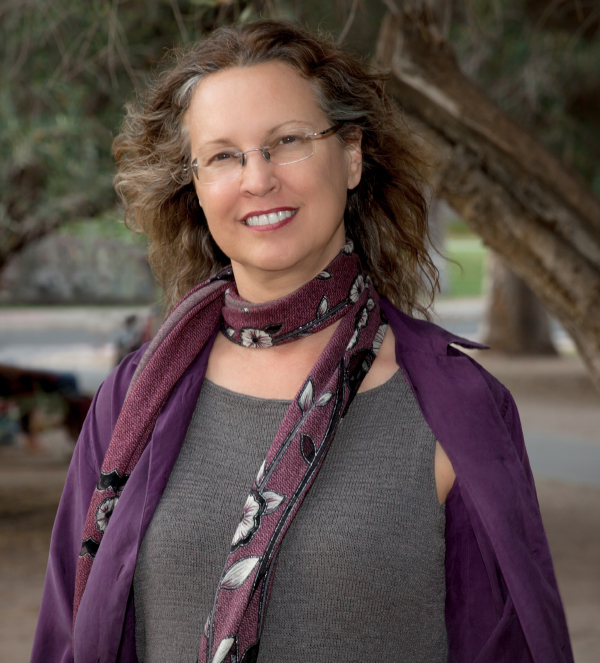
“Our team is working together so students will spend time doing research outdoors and learning more about their culture alongside classroom time,” says Lenart, who will serve as lead science instructor. Students will cap off their experience by participating in a Beginning Farmers and Ranchers Forum that Lenart is helping to organize in collaboration with the college’s Land Grant Office for Sustainability.
Later this summer, Newberry is taking a road trip to Ann Arbor to visit family, as well as friends from her graduate school days at the University of Michigan. For her part, Lenart says she will spend some time catching up with family in the Midwest and friends in Puerto Rico.
________________
We end in Hawaii, where Esther Widiasih, associate professor in mathematics at the University of Hawai’i-West O’ahu and coordinator of the college’s mathematics program, is going fishing. Sort of.
“Aloha”—she writes—“I’ve attached some photos from this past weekend’s gathering at the Kahina Pohaku Loko ‘Ia (fish pond), in the island of Molokai. I was one of about 100 volunteers restoring the walls (kuapa) during the loko ‘ia hui or fishpond network gathering. During the two workdays, we moved one rock at a time and restored 1200 square feet of rock wall of the loko ‘ia.”
These fishponds, we learned, are a traditional form of aquaculture. Constructed from volcanic rocks in shallow ocean waters, they were devised by Native Hawaiian hundreds of years ago to maintain a high concentration of easily harvested fish. Hundreds were once found all around the island chain. Traditional fish ponds are being rebuilt as part of a larger effort to sustain traditional cultural practices and promote greater self sufficiency on the islands.
“My project this summer is to study one the Mokauea Loko ‘Ia in the island of Oahu,” Widiasih says. “I will be working on a mathematical model of the circulation of the fishpond as well as a few water quality properties such as temperature and dissolved oxygen and their relationships with the surrounding elements.” She is assisted by three undergraduate students of the University of Hawaii West ‘Oahu and a recent PhD graduate of UH Manoa, “two of whom are proud Native Hawaiian students.”
In the end, Widiasih emphasizes, it’s all about being a better teacher and making a difference. “The loko ‘ia hui gathering in Molokai connected me with traditional practitioners and other University of Hawaii faculty with a similar passion for serving the Native community through STEM education.”
The same passion can be found from the Arctic to the desert southwest. We wish all the projects and programs success.
